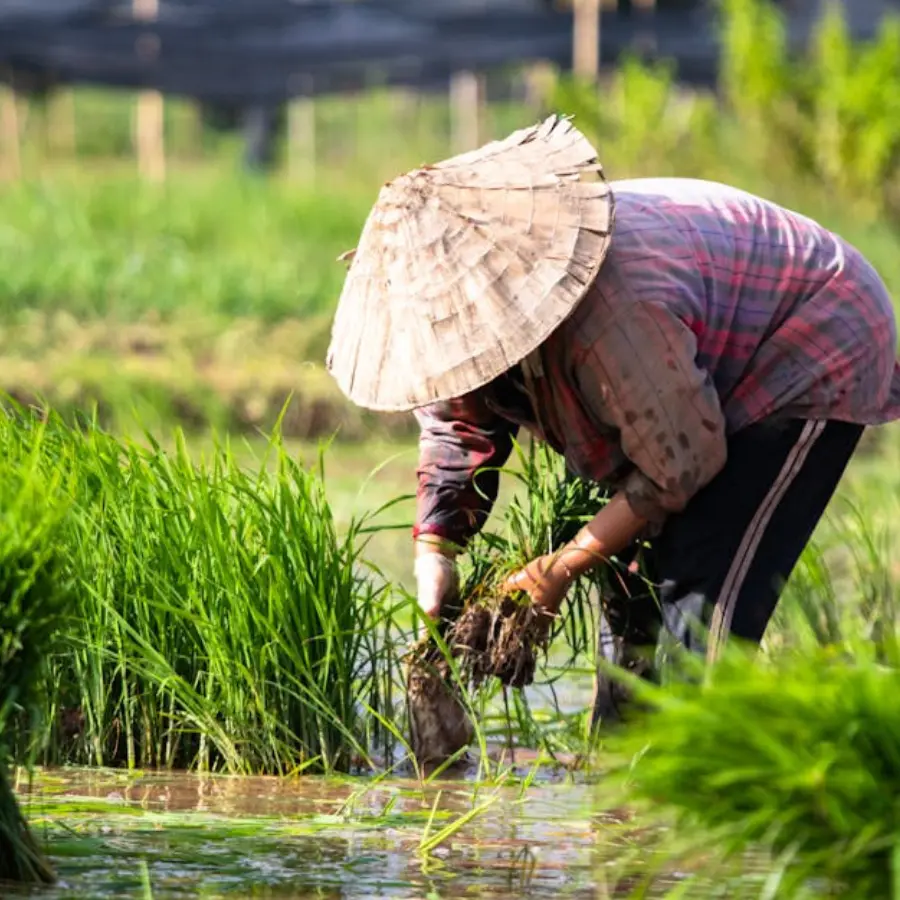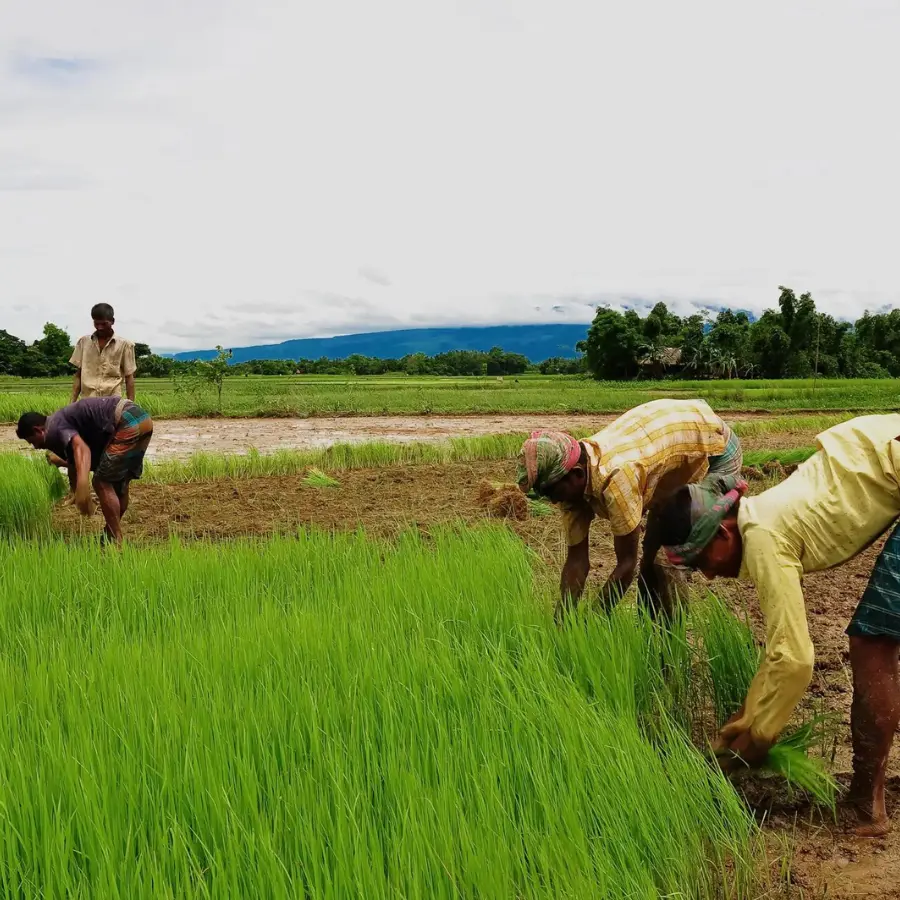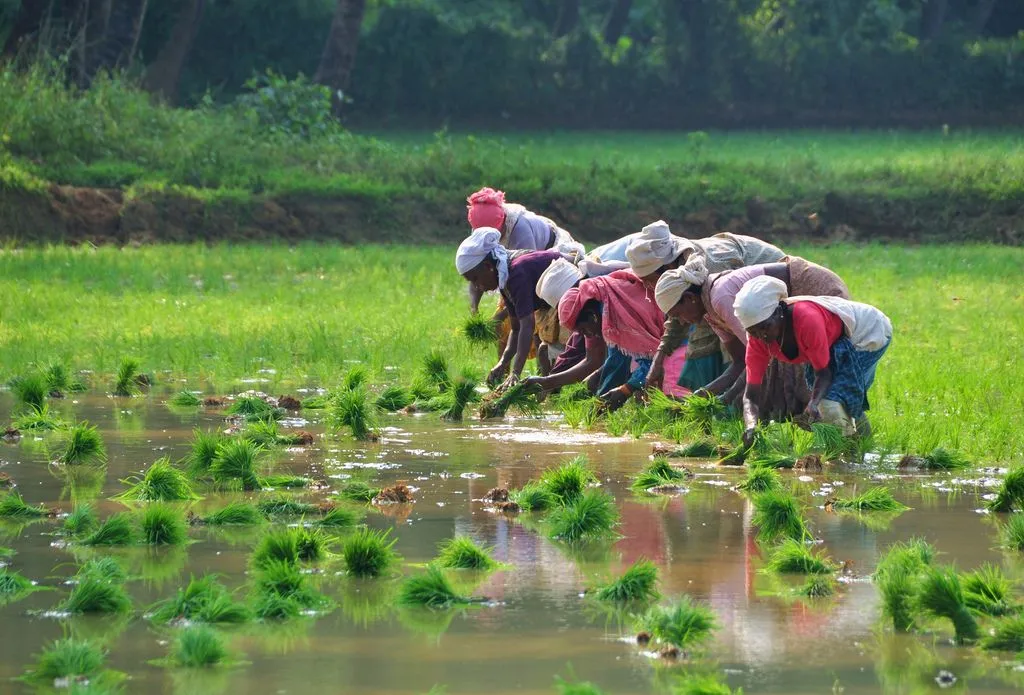The Urgency of Sustainability
Rising global temperatures
Rising global temperatures are a significant indicator of climate change and pose a serious threat to the planet's ecosystems, human health, and socioeconomic stability.
Ocean acidification and biodiversity loss
Biodiversity loss in the oceans encompasses the decline of species diversity and abundance, driven by factors like overfishing, habitat destruction, pollution, and climate change, including ocean acidification.
Increasing extreme weather events
Increasing extreme weather events are becoming more frequent and intense due to climate change, posing significant risks to ecosystems, communities, and economies worldwide.
Resource depletion and pollution
Resource depletion occurs when natural resources, such as fossil fuels, water, forests, and minerals, are consumed faster than they can be replenished, leading to scarcity and ecological imbalance.
Sustainable living is about making choices today that ensure a better tomorrow.
A very basic definition of sustainability is the ability for all
people to live comfortably today, but also conserving resources for future generations to thrive.It’s about living in harmony with nature, using
resources wisely, and leaving a positive legacy
for future generations
Components of Sustainability
0
EnvironmentThe environment component includes conservation of
the natural resources we consume, the management of
our various ecosystems, biodiversity protection, and
pollution prevention. 0
SocialThe social component of sustainability includes access
to education and training opportunities, equal rights,
fighting poverty levels, and prosperity for all.0
EconomicThe economic component includes the businesses and
industries that impact our quality of life. A sustainable
economy implements ethical business practices,
creates fair trade, reduces waste and pollution, and
promotes workers’ rights. 

Farmer Support
Farmers First: Building Resilient Agricultural Communities
Farmer support is essential for ensuring sustainable agricultural practices, enhancing food security, and improving the livelihoods of rural communities. With the challenges posed by climate change, market fluctuations, and the increasing demand for food, targeted assistance for farmers can play a pivotal role in fostering resilience and sustainability in agriculture.At the heart of our agricultural community lies the dedication to support our farmers, the backbone of our food systems.
Institution Support
Nurturing Growth: Institutional Assistance for Farmers
- Subsidies and Financial Support: Provide subsidies or financial assistance to farmers to make high-quality fertilizers more affordable. This can help ensure that farmers can invest in the right products without financial strain.
- Awareness Campaigns: Run awareness campaigns to educate farmers about the importance of using quality fertilizers and the long-term benefits of investing in their soil health.
- Distribution Networks: Create efficient distribution networks to ensure that high-quality fertilizers are readily available in rural areas. This can include partnerships with local businesses or cooperatives.



Fresh Solutions: Enhancing the
Storage of Fruits & Vegetables
in Rural Development
Storage of Fruits & Vegetables
in Rural Development
Rural Development
Rural development initiatives focused on the storage of fruits and vegetables can significantly enhance food security, reduce waste, and improve farmers’ incomes. Here are several strategies and methods for effective storage:
-
Cold Storage Facilities
Establishment of Cold Storage Units: Building community cold storage facilities to keep fruits and vegetables fresh for longer periods, preventing spoilage. Mobile Cold Storage: Implementing mobile cold storage solutions that can be transported to rural areas, allowing farmers to store their produce right after harvest. -
Traditional Storage Methods
Using Natural Refrigeration: Techniques like underground storage or utilizing evaporative cooling methods can help maintain freshness without relying on electricity. Silos and Bins: Constructing silos or specially designed bins that minimize air exposure and humidity to extend the shelf life of certain crops.


